Experiential marketing is becoming an essential ingredient of the marketing mix, principally because experiential events engage with consumers in one of the most effective ways possible – face to face.
The efficacy of experiential is unquestionable to brands that have seen its value time and time again, but it is also acknowledged that experiential, as with any other form of marketing should be measured.
How to measure experiential activity
Due to the nature of experiential marketing, tracking and measuring the success of campaigns might be one of the most difficult challenges that marketers face today.
Here are our Hotcow tips on measuring the true impact of your experiential efforts.
1. Outline your Objectives
How you measure your experiential activity will entirely depend on the objectives of your campaign – and the evidence for success can look very different depending on what these objectives are. It is therefore wise to outline measurable objectives from the offset; are you looking to generate sales, build the brand or engage new customers? Ensure that your objectives underpin every aspect of your campaign – from planning to execution.
2. Define your ROI
Be clear about what kind of ROI you’re looking for and why. Although financial and intellectual investment remains a constant in calculating ROI, other variables differ, so marketers should look at the results in terms of both ‘hard’ and ‘soft’ ROI.
Hard ROI delivers a monetary return. It focuses on purchase frequency, number of units bought, purchase price and which products were bought.
Soft ROI is a positive uplift in the consumer’s connection with the brand. This takes into account brand metrics, such as loyalty, affinity, future purchase consideration, imagery/personality etc. This helps to determine the quality and impact of a lead which is imperative to the success of experiential, especially in comparison to more traditional forms of marketing.
3. Link with Social Media
Social media and technology have fuelled experience-centric marketing and enabled physical events to go viral and be shared online, in real time. Accordingly, social engagement – the number of facebook likes, or re-tweets on Twitter and overall web impressions have become key drivers for measurement and reporting.
4. Take an integrated approach
The best experiential campaigns often embrace integrated elements of PR, media, social and digital. Ensure that all of your staff are involved in supplying the necessary data from each area, to form a complete picture of your campaign’s success.
Hotcow is a non-traditional creative agency that specialises in experiential marketing that goes viral. Our campaigns generate buzz through crowd participation, PR and content sharing. Contact us on 0207 5030442 or email us on info@hotcow.co.uk.



